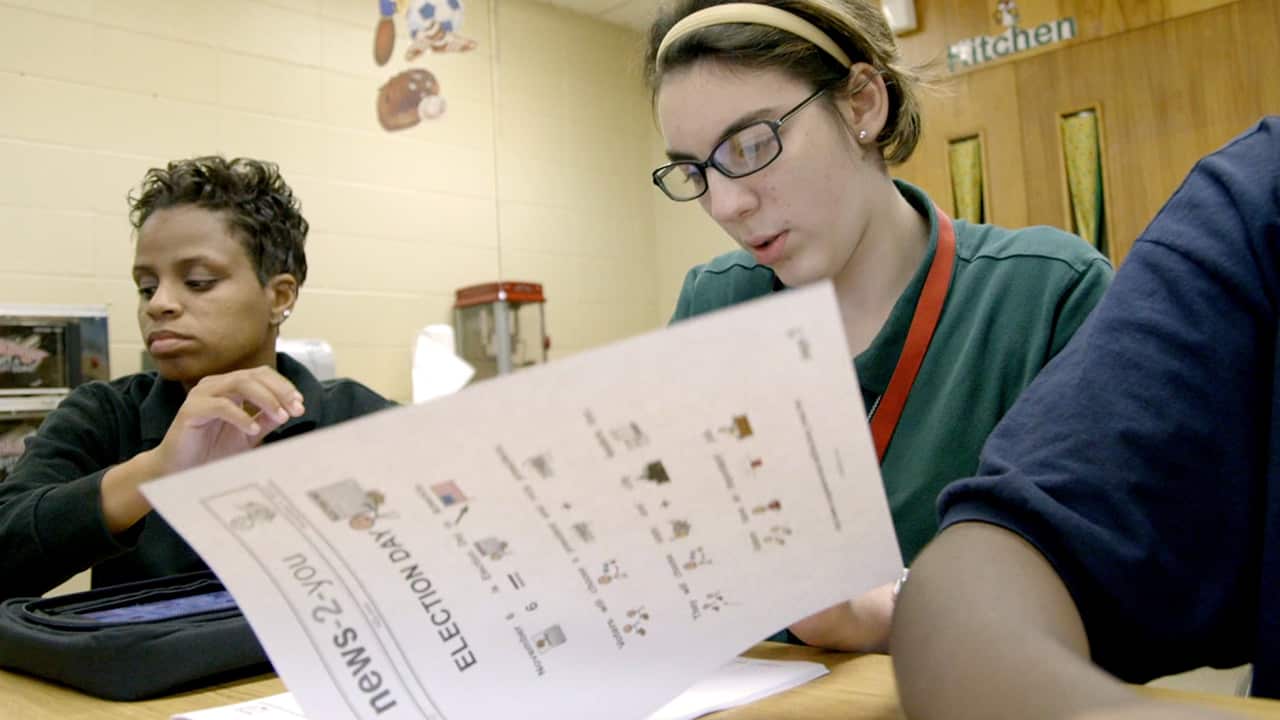An Alternative Funding Option for Special Educators
How Does Crowdfunding Work?
If you are not familiar with how crowdfunding works, in its simplest form, it’s the process of asking for public donations. Crowdfunding helps you gather funds from interested and supportive members of the public to fund your wishlist of classroom resources or tools to help you meet students’ needs.
Crowdfunding allows special educators, speech-language pathologists and occupational therapists reach out to an online community of like-minded supporters. This is a great way to get extra funds, but how do you get started?
Here are a few do’s and don’ts of crowdfunding to help kick-start your campaign:
Do:
- Decide. Determine your students’ needs.
- Make your case. Articulate what this will do for all learners.
- Make a video. Keep it under 2 minutes.
- Be positive. Smiles and upbeat attitudes all around!
- Take a lot of pictures. They’ll be key to getting more support.
- Tell the truth. People respond to emotion. Be honest about your need.
- Talk about why more than how. Let them see why you need the funding help.
- Share it. No shame in your game. Post your campaign, videos and photos everywhere.
Don’t:
- Wing it. Take some time to organize and plan in advance.
- Sell yourself short. Asking for help is OK. Shoot for the stars to get what you need.
- Rely on everyone “getting it” the first time. Make sure you let people know over and over again how they can help you.
- Get too abstract. Big ideas may not resonate. Give concrete examples (pictures and videos)!
- Rely on sympathy. People are more likely to connect to shared values, not act through sympathy.
For more information, check out this how-to guide on crowdfunding for education. Also, be sure to check with your school or district on their policy to create and manage crowdfunding.



